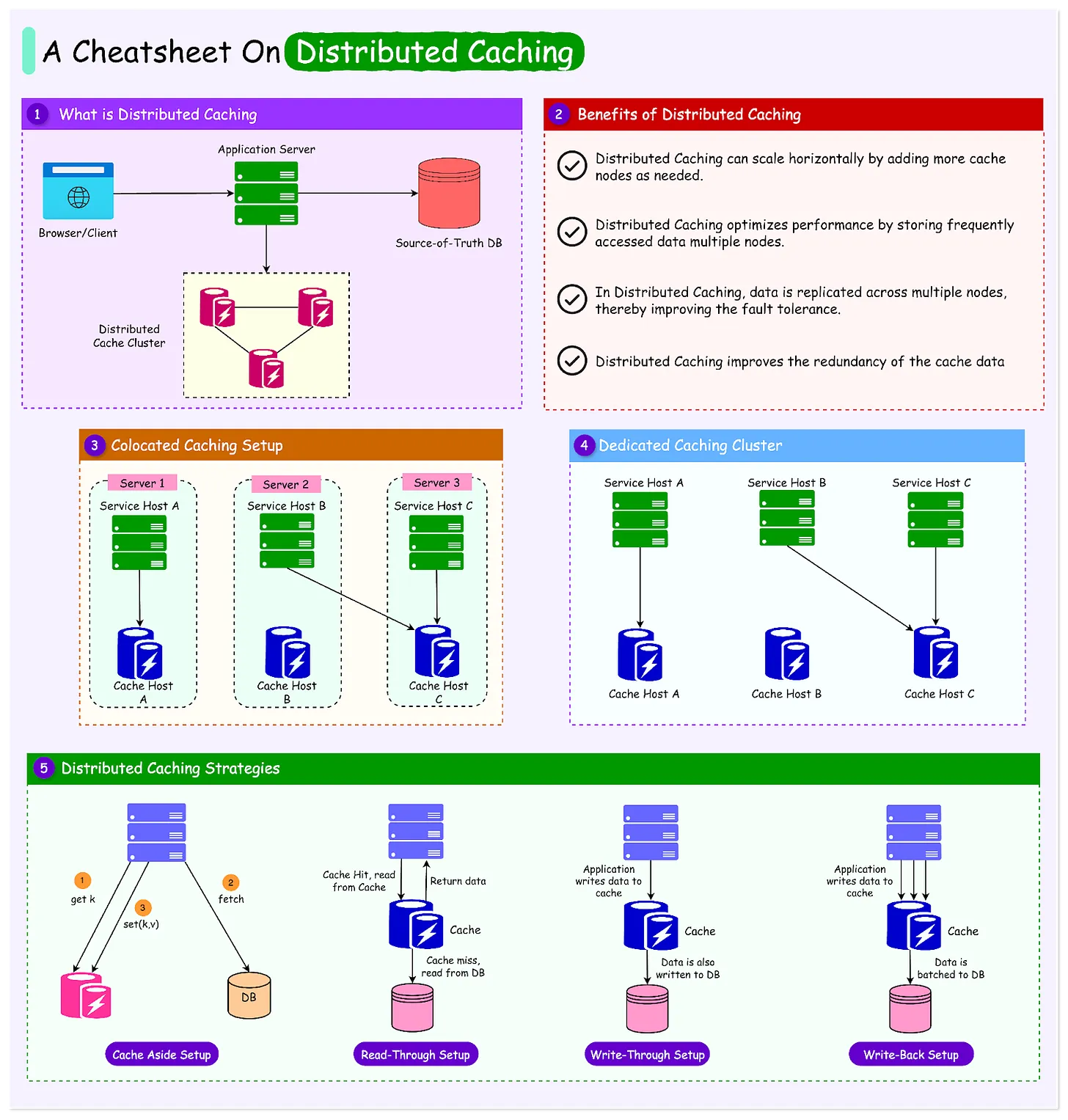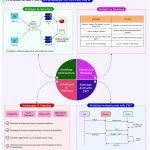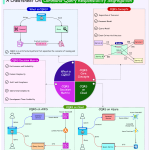The demand for high-speed, high-performance applications has skyrocketed in recent years.
With users expecting real-time responses, especially in sectors like e-commerce, finance, gaming, and social media, even a few milliseconds of delay can lead to a poor user experience, potentially impacting customer satisfaction and revenue.
One core technique to accelerate data retrieval and improve application responsiveness is caching.
Caching works by temporarily storing frequently accessed data in a high-speed storage layer, often in memory. This allows applications to retrieve information faster than if they had to pull it from the primary database each time. A single cache node is often sufficient for smaller systems or applications with a limited user base to store and serve frequently requested data.
However, as systems grow, this setup faces limitations. Relying on a single-node cache to serve large-scale, high-traffic applications can lead to multiple problems.
This is where distributed caching comes into play.
Distributed caching involves spreading the cached data across multiple servers or nodes, allowing the cache to scale horizontally to handle large-scale applications. With a distributed cache, data is stored across multiple locations, meaning a single-node failure doesn’t compromise the entire cache, and the system can continue to serve requests seamlessly.



